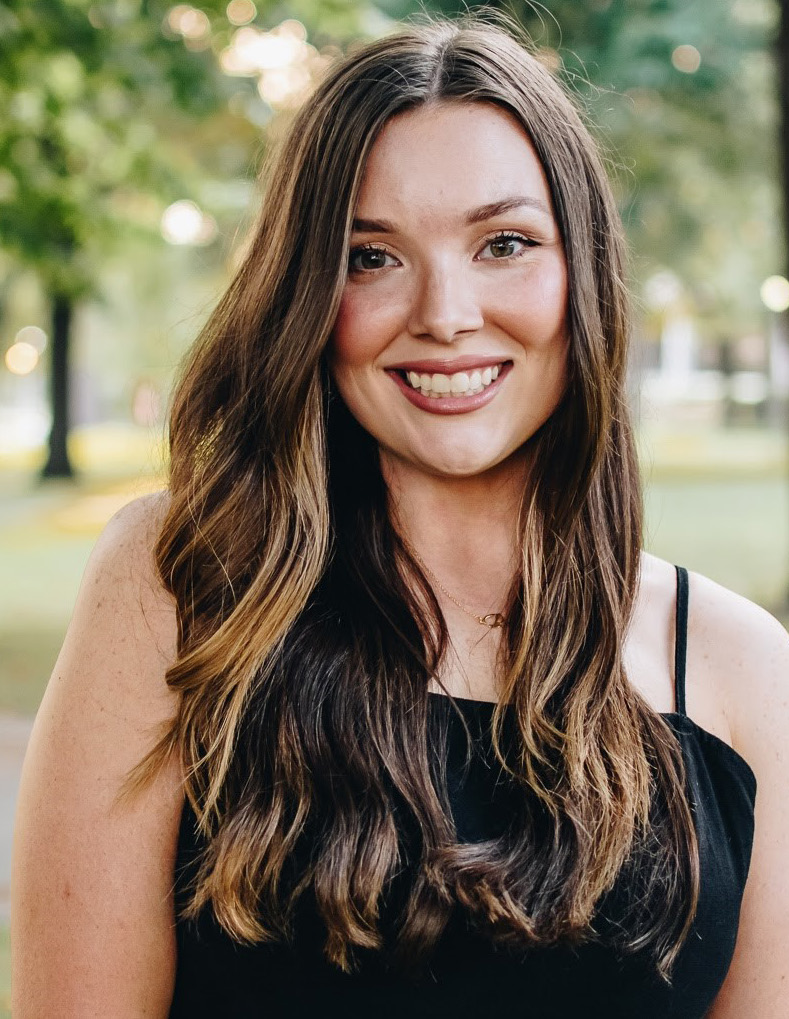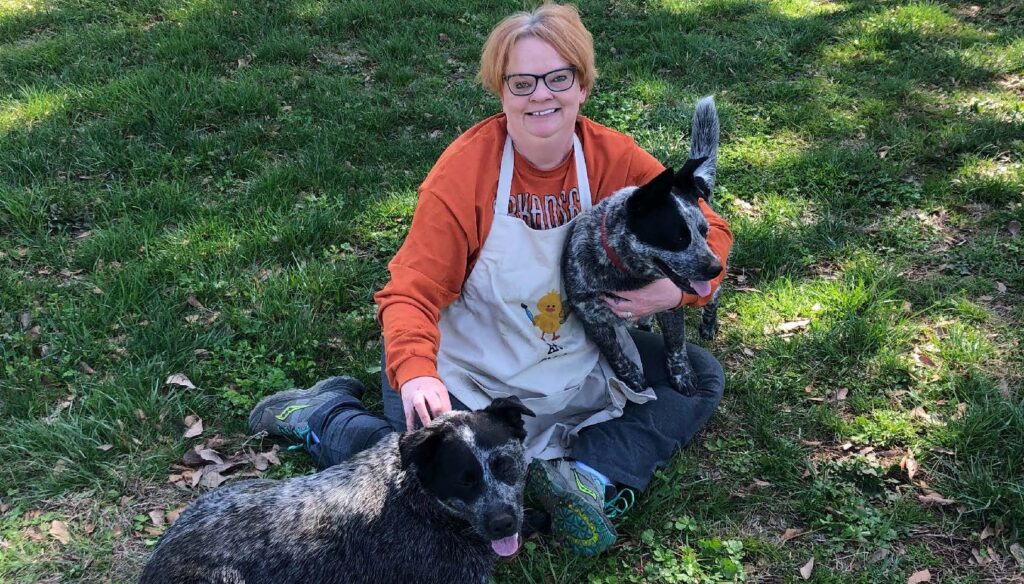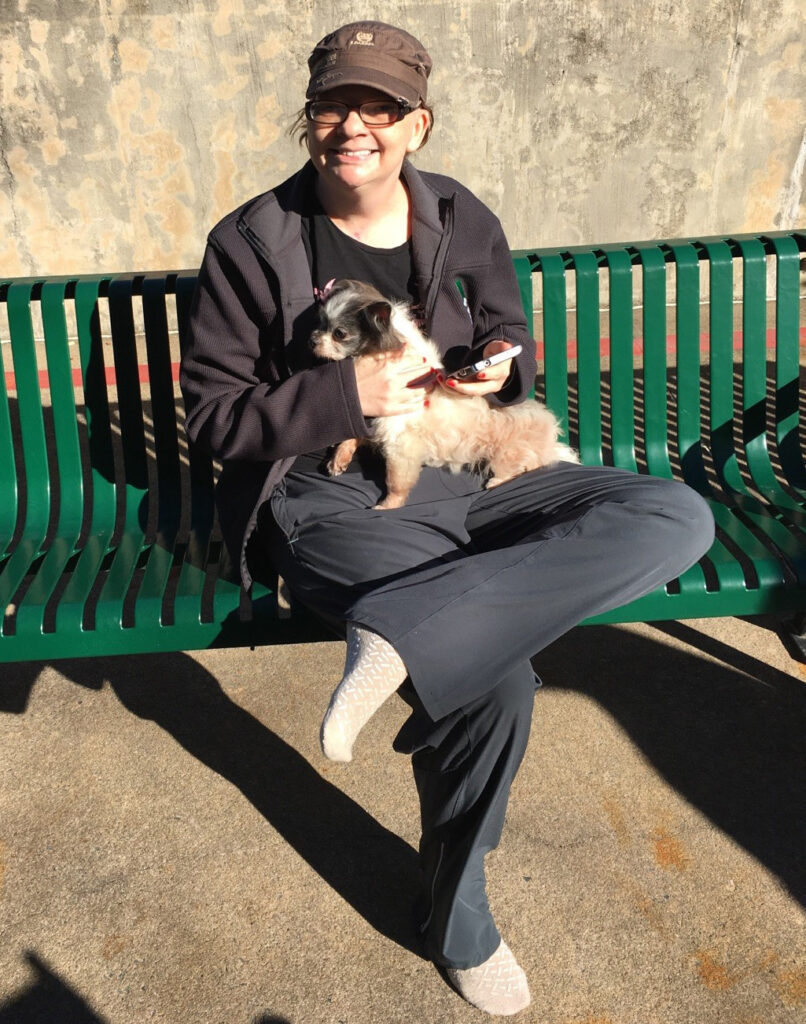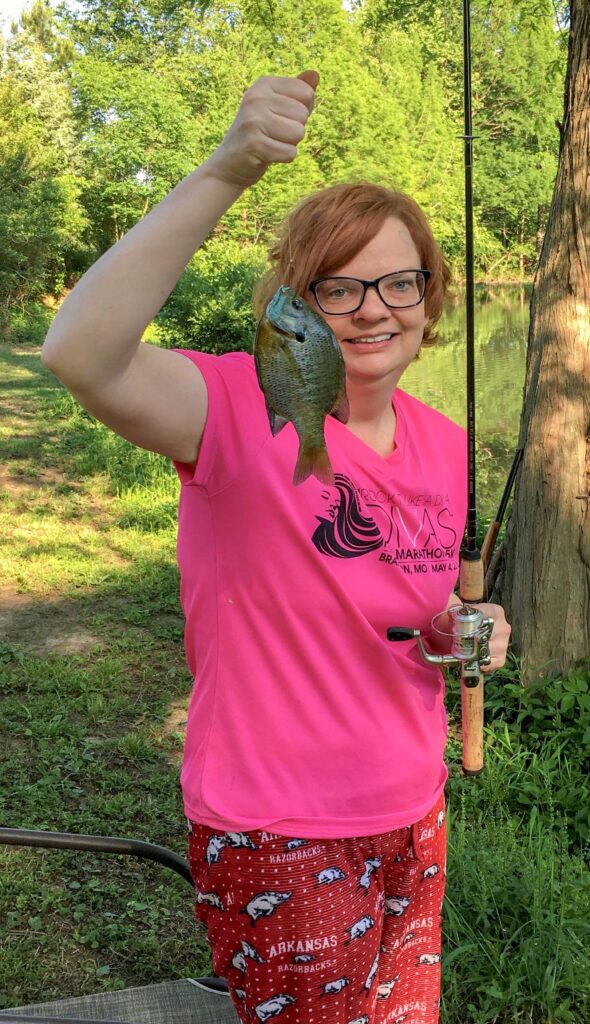Ask the Specialist: Apps for Brain Injury
By: Meredith Smith, OTD

“There’s an app for that!” We hear this daily, learning of new apps being created for everything from cooking to locating the nearest restaurant. It’s hard to keep track of what is available. For example, what about smartphone apps to help individuals with a brain injury?
Apps have been proven to help patients adapt to life after a brain injury. A 2017 study showed that people with brain injuries used their smartphones to help with thinking, memory, organization, communication, and social skills.
Clearly, smartphone apps can aid the ongoing brain injury recovery process. Consider trying some for yourself! Here are some apps to help with everything from strengthening thinking skills to improving daily function.
Thinking:
- Lumosity (Free): 40+ science-based games and puzzles that exercise memory, attention, speed, flexibility, and problem-solving, to sharpen your mind.
- Elevate (Free): Brain training program designed to improve focus, speaking abilities, processing speed, memory, math skills, and more. Each person receives a personalized training program that adjusts over time to increase results.
Emotional Regulation:
- Oak (Free): Meditation and breathing exercises to track your progress and encourage you to continue building a healthy meditation practice.
- Breathe2Relax (Free): Hands-on stress management tool with breathing exercises for mood control, anger control, and anxiety management.
Organization:
- Medisafe (Free): Personalized reminders for all medications and vital drug interaction warnings. This app helps individuals stay connected to caregivers through real-time missed medication alerts.
- Alarmed (Free): Reminder alerts with repeat scheduling and pop-up timers with custom messages that allow users to set alarms further in advance.
References
Wong, D., Sinclair, K., Seabrook, E., McKay, A., & Ponsford, J. (2017). Smartphones as assistive technology following traumatic brain injury: a
preliminary study of what helps and what hinders. Disability and rehabilitation, 39(23), 2387–2394. https://doi.org/10.1080/09638288.2016.1226434
Want to suggest a topic? Email us at braininjury@uams.edu.
Survivor Story
As Told to Kristen Alexander
I still have not gotten over thinking about the person I used to be.
Cheri Smith

Cheri Smith has always loved learning and growing in her profession. After working as a volunteer in the local fire department, she wanted to learn more, so she trained to become an Emergency Medical Technician (EMT). This just made her hungry for more knowledge, so she decided to become a nurse. She graduated from nursing school in 2011. Over the next several years, she transitioned from an entry-level nurse to a level III Advanced Practice Registered Nurse (APRN), which is kind of like a lead nurse role.
On December 30, 2015, Cheri’s life was forever changed. While driving to Little Rock, she met a dump truck traveling in the opposite direction, carrying granite. The truck hit a bump in the road just as it approached her and a 10-pound piece of granite fell off the truck, crashing through Cheri’s windshield. The granite struck her in the head, causing a severe traumatic brain injury.
Cheri has no memory of the event or the six weeks that followed. She was airlifted to Baptist Hospital in Little Rock, where she spent time in the ICU and then long-term extended care. She went through rehab at Baptist Health Rehabilitation Institute-Little Rock (BHRI) and then was able to go to NeuroRestorative Timber Ridge Ranch (TRR) for three months.
Although she does not remember much, Cheri said, “my husband, friends, and family say I received excellent care from all the staff, especially the therapists at BHRI.” Her very first memory from rehab is saying, “I need to check with my supervisor and see what my schedule is for next week.”
She also remembers getting sassy with the therapists because they were asking her to practice basic math skills. “What do you think, I’m stupid?” she asked, only to realize she actually could not do the tasks she was being asked to do.
Cheri’s transition to Timber Ridge was especially challenging. Her husband had been with her every day of the journey so far, and suddenly she was expected to stay alone for this rehab stay. The first night there, she had a breakdown, begging him to come stay with her.
It is very common for patients to have this type of anxiety and reaction when going to rehab. Timber Ridge is a great place for rehabilitation in a beautiful setting, but it is far away from everyone and everything, and family is encouraged to give the patient independence. Her husband, Atlas, knew that she needed to be there, so they were able to work out an outpatient treatment plan, where she would just go during the day.
At Timber Ridge, Cheri enjoyed activities and outings like swimming and playing putt-putt golf, but she felt like she was perfectly fine. She did not understand why the therapists were doing all of these things with her.
TBI patients often lack awareness of their own changes in thinking and ability (this is called anosognosia). In retrospect, she realizes how much progress she had to make at the time, but she could not see it then. She and her husband recognize that those weeks at TRR greatly helped to speed up her recovery.
The biggest challenge for Cheri has been not being able to dive right back into work. Prior to the accident, Cheri worked 12-hour days, 3-4 days a week. Hard work was just part of her nature and routine, and she had worked so hard to build her career.
It did not help that Cheri could not see how much her injury had affected her ability to work. She said, “It took quite a lot of discussion over a long period of time to convince me I could not go back to my usual work.”

Atlas encouraged her through this process, insisting that she start by taking her driver’s test (which she passed) so they could be sure she was safe on the road. She would go with him on work trips, but longed to go back to her own work in nursing.
Cheri describes what happened next. “In the summer of 2018 my supervisor from my work called me and asked if I wanted to come back to my unit and work as a Nursing Leader. I would round on patients and assist with their needs. I was delighted. At first I was only cleared for 4 hours days, then 6 hours, about 3 days a week. I struggled with brain fog and fatigue, and missing the work I used to do.” However, she kept showing up and working at it. Starting back to work was one of her proudest moments through her recovery. Even though it was only 4 hours a day, she felt a great sense of accomplishment.
Then, in 2019, Cheri got a position in the home health department at Baptist Health, where she still works. She works as a liaison, visiting patients, communicating with doctors and case managers, and coordinating care. She
is thrilled to be working full-time as a registered nurse again.
It is still challenging to miss the work she used to do, and every now and then, she has a memory of her old life that saddens her. To deal with this, Cheri said, “I have found things that have helped me overcome that feeling. I put 100% of myself into my current position as a nurse, and realize that although I am not doing what I used to do, I am still helping patients every day.”
Cheri sometimes still struggles with fatigue, brain fog, and other challenges, like forgetting words or what she was about to say. She used to feel very well spoken, but now sometimes things come out like “word salad” and that can
be frustrating. To compensate, Cheri will go back and refresh her memory or reread something. Sometimes she feels like she is riding a line between knowing the brain injury exists and still affects her, and not wanting to use it as an excuse.
Earlier in recovery, she used an app called June’s Journey, where you have to find hidden objects. She liked that app because it made her think and pay attention to details. She also liked the apps Lumosity and Elevate. Talking about them made her realize she should probably revisit them because they might still help her. She recognizes that recovery is not something that just ends, but that she can keep working at it and getting even better.
“I still have not gotten over thinking about the person I used to be,” she said. “But I have learned things from the accident. It has brought me closer to my family and closer to God, because I cannot explain how I survived without God’s intervention.”

When asked about family support, Cheri talks about Atlas. “My husband was the epitome of ‘in sickness and in health,'” she said. “He took his vows seriously. He stuck with me, always at my bedside, made important decisions, coordinated care, and thought about my future. And all the while I could see and feel his love for me.”
Cheri has accomplished a lot in addition to returning to work and driving. She ran a half marathon, which was something she enjoyed doing before her injury. She has also picked up a new hobby of painting and drawing, which is something that she said she would not have considered doing before. She also plans to get involved with local TBI groups and advocacy efforts. She hopes that sharing her story will give hope to others who have survived a brain injury and their families. She wants to help others see what is possible after a TBI.
Cheri’s advice for others living with TBI:
- Find love in something that is meaningful to you.
- Don’t give up.
- Everyone has a destiny, you just have to find it.
Want to share your story? Email us at braininjury@uams.edu.
Resource Highlight
My Chart by Epic
MyChart has a new design and plenty of new features to make it easier to manage your health care from your phone, tablet, or computer! You can get signed up easily by asking your provider for your access code and going to mychart.com to set up your account. UAMS patients can even call the UAMS help desk at (501) 686-8555 to get an access code and help with setup.
If you get care outside of the Baptist and UAMS networks, your provider may use a different program for patient access, so be sure to ask.
Here are some things you can do with MyChart:
- Link accounts to care for yourself and family in one place
- View summaries of your visits
- Request medical records for yourself or to share with a medical provider
Manage your Health:
- View your test results as soon as they are available and access past test results
- See your medications, request refills, and update any changes
- Keep track of immunizations, care plans, and allergies
- Answer questionnaires for upcoming appointments
Messaging:
- Send messages to your doctor and view messages you have received in the past
- Send questions about billing or customer service
- View letters that you have requested, such as those needed for work or school
Appointments:
- Schedule appointments or request to have a clinic call you
- See upcoming appointments and check in at home
- Meet with providers over video
Mobile Features
- Pair MyChart with your Apple Watch to get notifications
- Use MyChart Bedside during a hospital stay to keep up with staff, send messages
- to your care team, and review educational material
Social Security Disability Pointers: What Happens when you Turn 65?
By Phylis Dills, Social Security Public Affairs Specialist in Little Rock
This July marked the 56th anniversary of Medicare. Did you know you can apply for Medicare online months before you are ready to start your retirement benefits? Applying online can take less than 10 minutes. There are no forms to sign, and we usually require no additional documentation. We’ll process your application, and contact you if we need more information.
Knowing when to apply for Medicare is very important. You have a limited initial enrollment period to apply. If you miss this enrollment period, you may have to pay a higher monthly premium. If you’re eligible for Medicare at age 65, your initial enrollment period begins three months before your 65th birthday and ends three months after that birthday. Visit www.ssa.gov/benefits/medicare to apply for Medicare and find other important information.
Some beneficiaries may qualify for Extra Help for their prescription costs. To qualify for Extra Help, a person must be receiving Medicare and have limited resources and income. Read our publication Understanding the Extra Help With Your Medicare Prescription Drug Plan for more information at www.ssa.gov/pubs/EN-05-10508.pdf.
The official Medicare website at Medicare.gov offers many online services where you can find answers to these questions:
- What does Medicare cover? www.medicare.gov/what-medicare-covers
- Where do I find forms for filing a Medicare appeal? www.medicare.gov/claimsappeals/how-do-i-file-an-appeal
- How can I let someone speak with Medicare on my behalf? www.medicare.gov/claims-appeals/file-an-appeal/can-someone-file-an-appeal-for-me
- What do Medicare health and prescription drug plans in my area cost, and what services do they offer? www.medicare.gov/plan-compare
- Where can I find out more about a Medicare prescription drug plan (Part D) and enroll? www.medicare.gov/drug-coverage-part-d/how-to-get-prescription-drugcoverage
- Where can I find a Medicare Supplement Insurance (Medigap) policy in my area? www.medicare.gov/medigap-supplemental-insurance-plans
Please be aware that past newsletter issues may contain outdated information. For the latest updates on resources and events, visit our website or contact us at braininjury@uams.edu with any questions.
